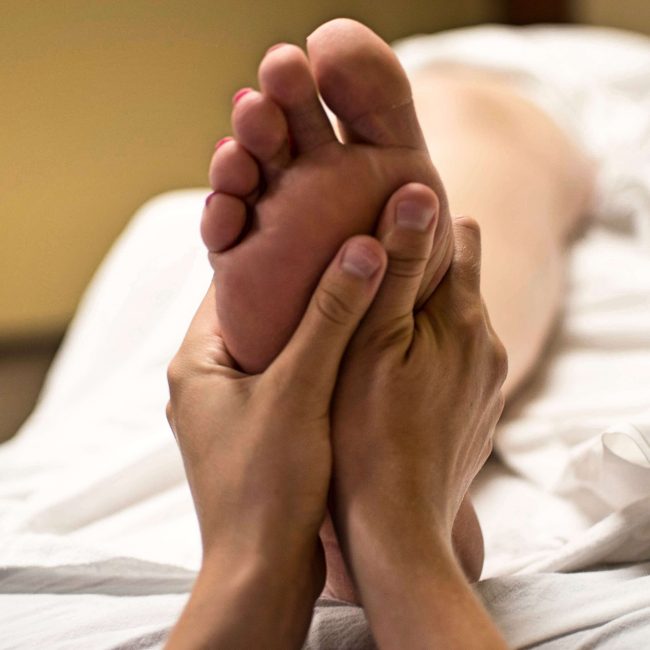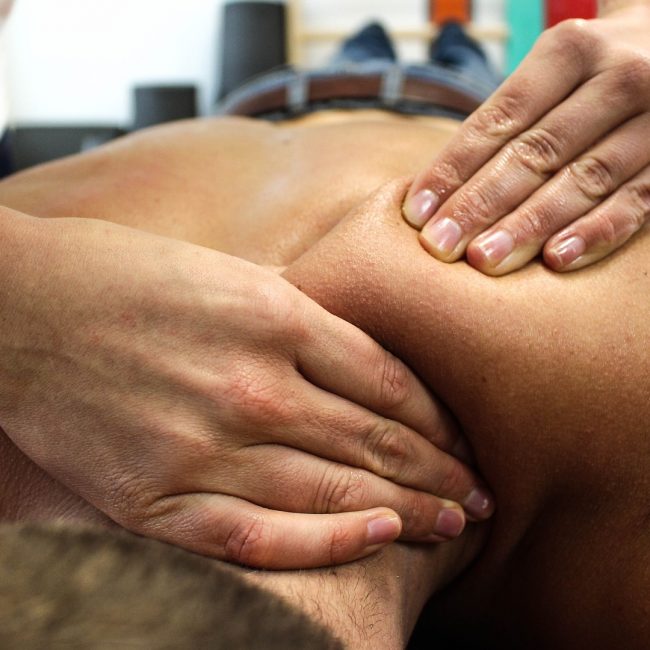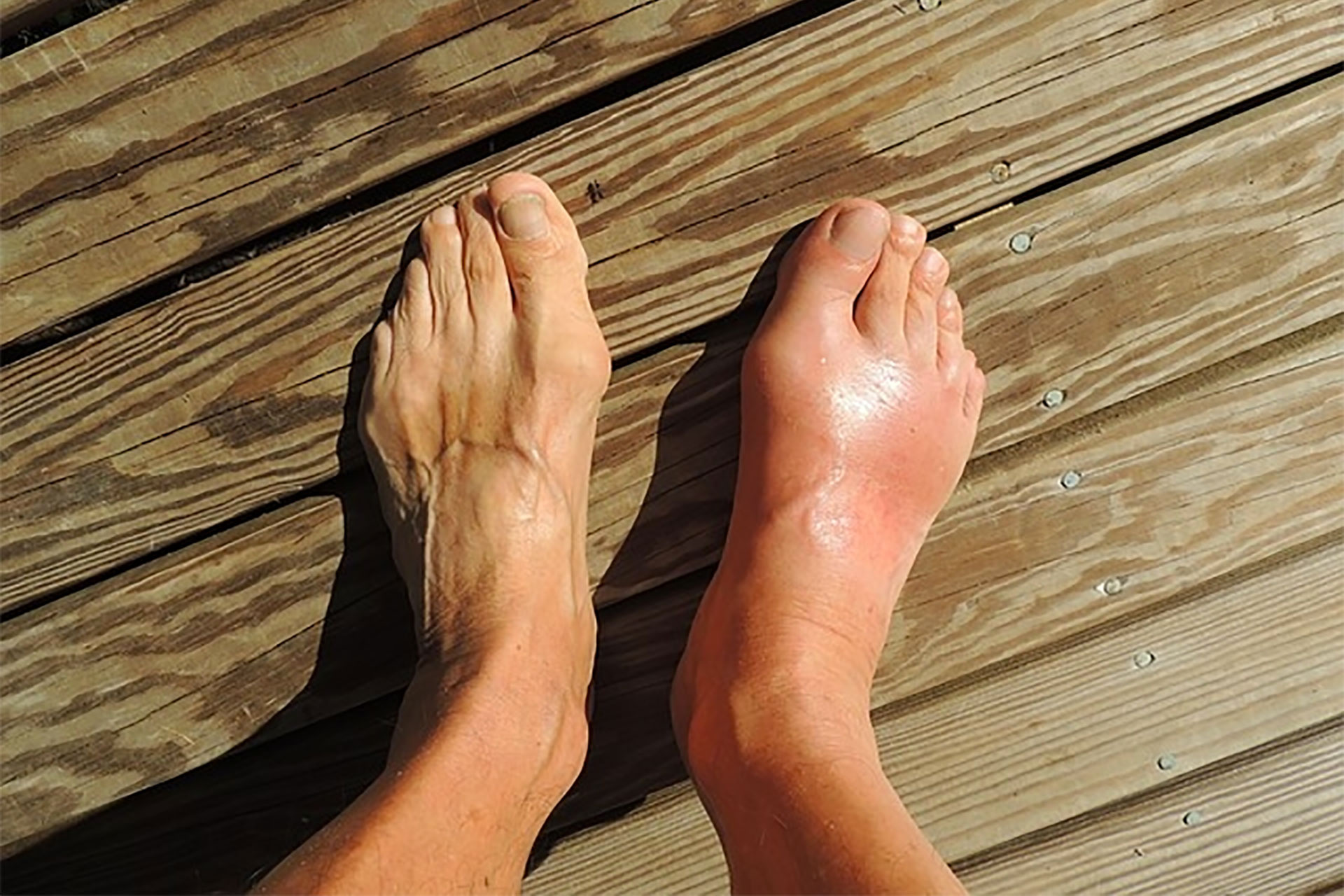
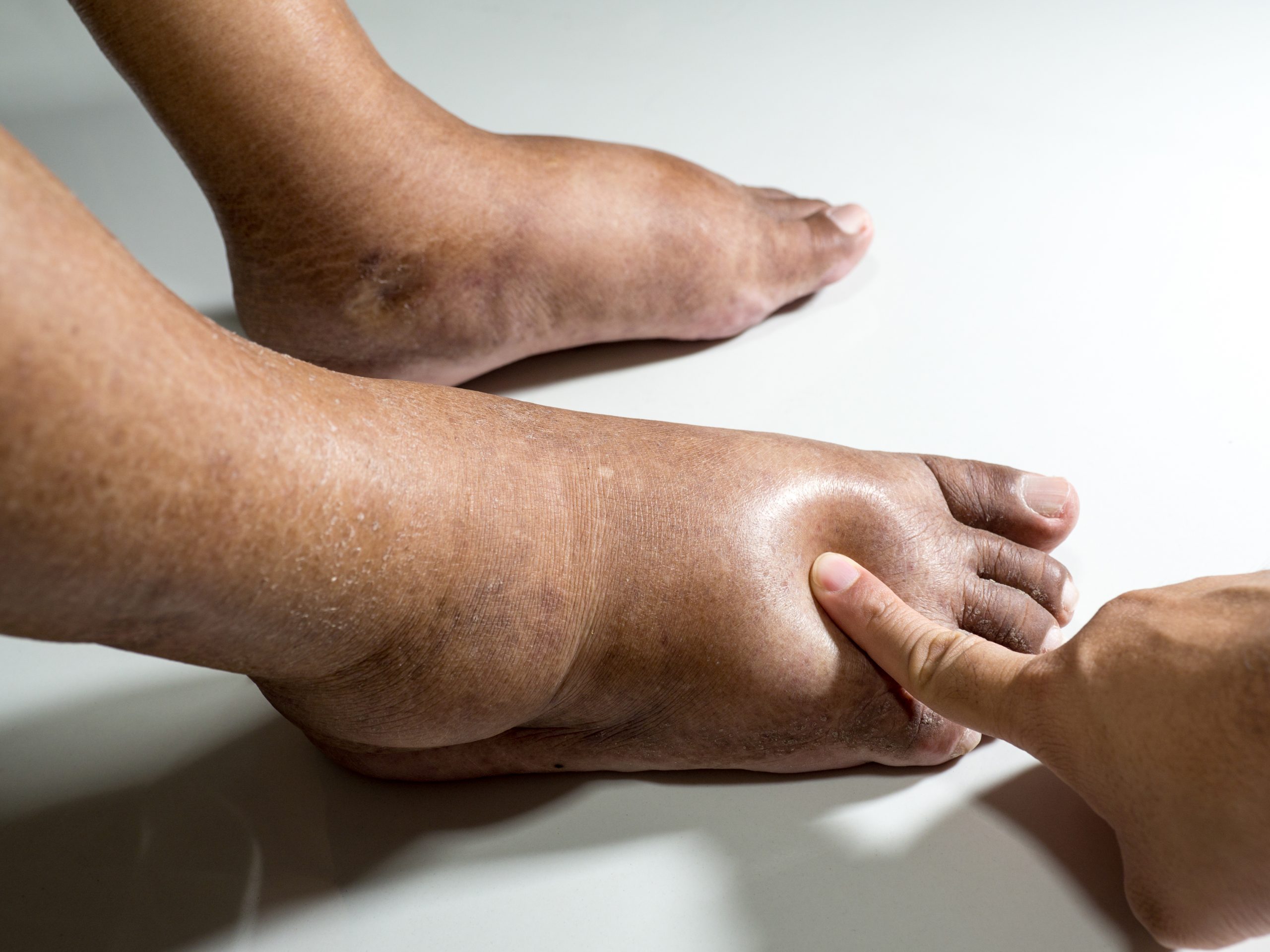
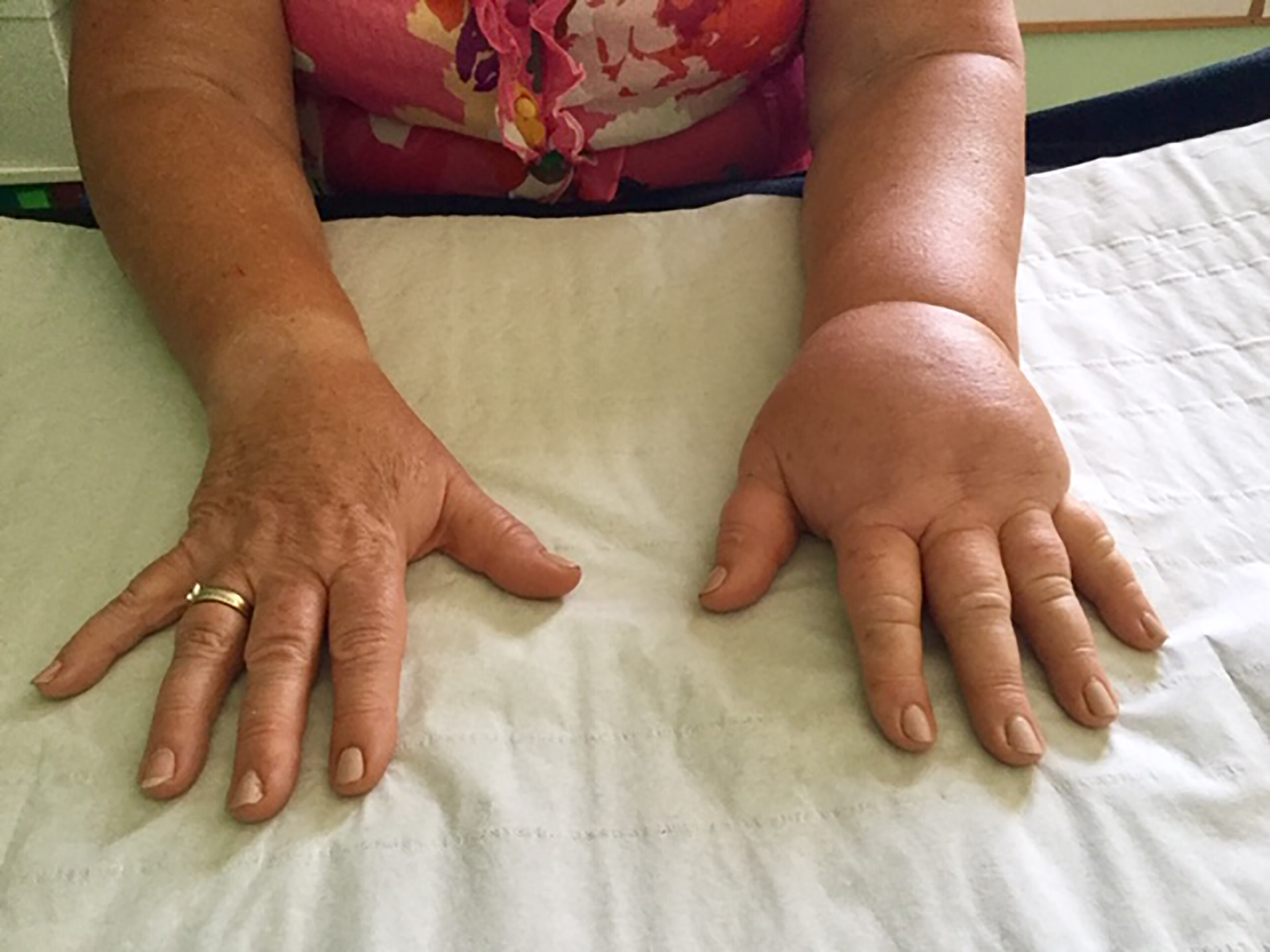
Lymphatic drainage massage, also known as manual lymphatic drainage, relieves swelling that happens when medical treatment or illness blocks your lymphatic system. Lymphatic drainage massage involves gently manipulating specific areas of your body to help lymph move to an area with working lymph vessels.
WHAT IS A LYMPHATIC DRAINAGE MASSAGE USED FOR?
Lymphatic drainage massage, also known as manual lymphatic drainage, is a gentle form of massage used to relieve painful swelling in your arms and legs caused by lymphedema.
Lymphedema happens when your tissues retain fluid left behind after your cardiovascular system sends blood to your tissues and organs.
The remaining fluid is called lymph. Normally, your lymphatic system collects your lymph and returns it to your heart via a network of lymph vessels and lymph nodes. When something disrupts your lymphatic system’s process, lymph collects in your arms and legs, making them swell.
Lymphedema often affects people recovering from breast cancer surgery.
Our massage therapist uses lymphatic drainage massage techniques – gentle repetitive light pressure, to move lymph from your tissues to your lymph nodes, which eases the swelling in your tissues.
A lymphatic drainage massage is a two-step process:
- Clearing: This step releases lymphatic fluid in your tissues.
- Reabsorption: This step moves your lymphatic fluid to your lymph nodes.
BENEFITS
Some conditions that can benefit from lymphatic drainage massage.
Lymphatic drainage massages are often used to relieve lymphedema following breast cancer surgery, other medical treatments/surgery and illnesses that block the lymphatic system. Other conditions that benefit from lymphatic drainage massages are:
- Rheumatoid arthritis: This is ongoing arthritis in your joints causing joint pain, swelling and stiffness.
- Fibromyalgia: This condition causes chronic muscle and joint pain.
- Chronic venous insufficiency happens when your leg veins aren’t working effectively, making it hard for your blood to return to your heart from your legs.
- Lipoedema: This happens when excess fat accumulates in your lower body, blocking your lymphatic pathway and causing lymphedema.




